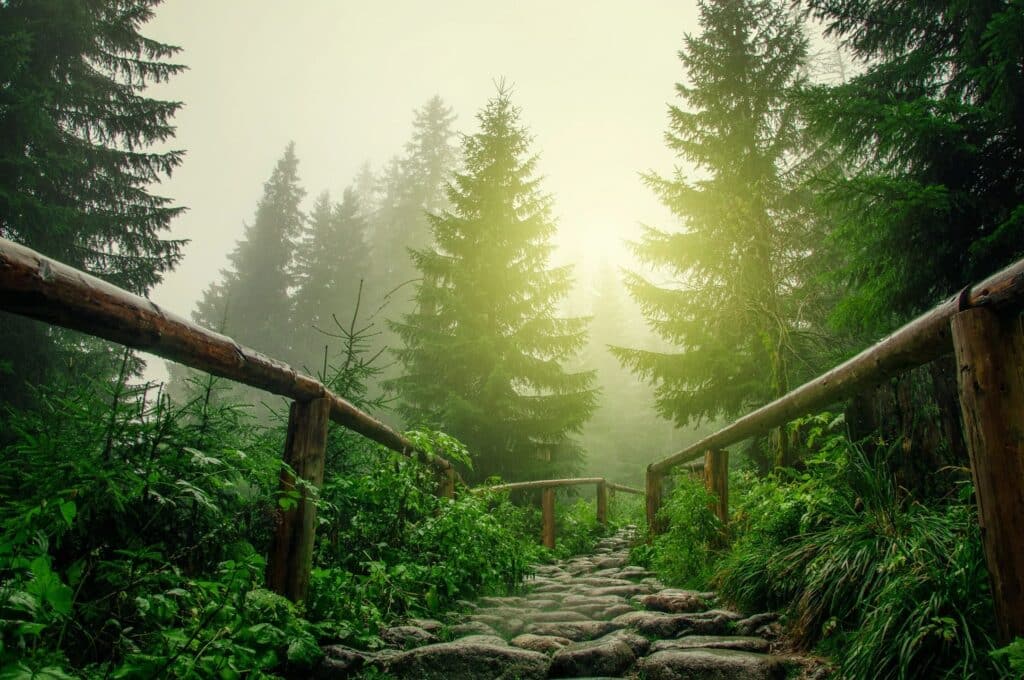Kennesaw Tree Services & Tree Removal Experts | Answers to FAQ About Trees and Tree Service Projects

FREQUENTLY ASKED QUESTIONS
How far should you keep trees away from your house?To get the most useful shade on the house at a practical distance, place the tree 15 to 20 feet from the house. Small trees may be planted closer than 15 feet, but large trees should be planted 20 feet or more away from the house.
Boiling Water
- Dig out and expose as much of the roots of the tree as possible.
- Take a drill and make holes into the roots of the tree and on the top of the stump.
- Pour boiling water over the stump and the roots making sure to get it into the drill holes.
This will kill the roots with heat by allowing the boiling water to absorb deep within the roots
Hiring a licensed and insured arborist is important because they have the experience and expertise in how to properly care for your trees. A skilled arborist can consult you and make recommendations on the best care for your trees and property value.
Different weather events can cause tree hazards by setting up an environment that puts strain on trees limbs, trunks, or roots such as rain, wind, snow, drought, flooding, ice, or a strike of lightning. Compact soil can cause the roots of a tree to suffocate and become weak, leaving the tree vulnerable to toppling over. Disease, insect infestations, and fungus can all also affect the tree's stability to remain standing or keep limbs from falling.
Tree stumps can be an eye sore and also be in the way of things you may want to do on your property. They also provide a place for pests like termites to find a home that can spread to your house.
